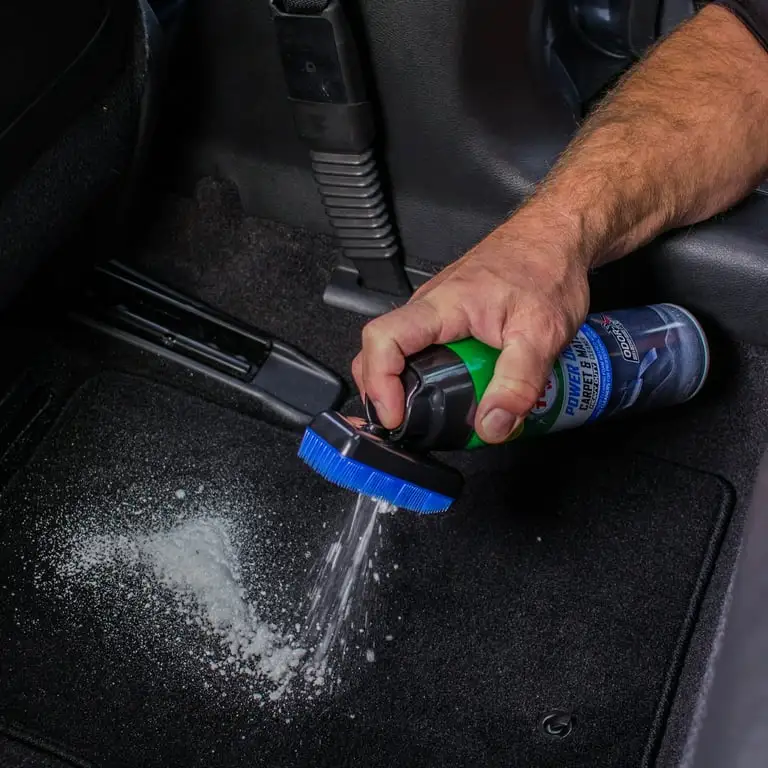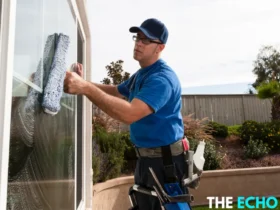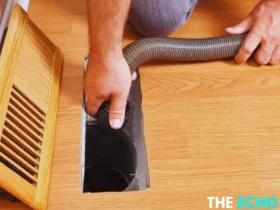Floor Mat Cleaner are an essential part of maintaining cleanliness and protecting the interior of your home or vehicle. Whether you’re talking about car floor mats, entryway mats, or kitchen floor mats, keeping them clean ensures they remain functional and visually appealing for years. However, finding the right Floor Mat Cleaner and using it effectively can be challenging. In this comprehensive guide, we’ll walk you through everything you need to know about floor mat cleaning, from choosing the best floor mat cleaner to tips for long-term maintenance. This article will also provide you with the information you need to optimize the cleaning process, so your mats stay in top shape.
Why Clean Floor Mats?
Floor Mat Cleaner serve as the first line of defense against dirt, debris, and moisture, especially in high-traffic areas. Over time, they can accumulate grime, stains, and odors. Regular cleaning of floor mats not only ensures the longevity of the mats but also maintains a hygienic environment in your home or car.
- Preserves the Material: Different types of floor mats (rubber, carpet, fabric) require different cleaning methods. Using the right floor mat cleaner ensures the material doesn’t degrade prematurely.
- Keeps the Area Clean: Floor mats trap dirt, but if not cleaned properly, they can become a breeding ground for bacteria, mold, and mildew. Regular cleaning minimizes these health risks.
- Improves Aesthetic: Whether it’s your entryway, living room, or car, clean mats make a significant difference in the overall look of your space.
Types of Floor Mats and How to Clean Them
Before selecting the best Floor Mat Cleaner, it’s important to understand the types of floor mats you have. Different materials require different cleaning techniques.
1. Rubber Floor Mats
- Common Uses: Rubber mats are often used in cars, entryways, and kitchens.
- Cleaning Method: Rubber floor mats are easy to clean with water and mild detergent. They are durable and resistant to water and stains, making them ideal for high-traffic areas.
- Cleaning Tips: Use a hose or pressure washer to remove dirt and debris, then scrub with a soft brush to remove stubborn stains. Avoid harsh chemicals that may damage the rubber.
2. Carpeted Floor Mats
- Common Uses: Carpet mats are common in vehicles, office spaces, and homes.
- Cleaning Method: These mats require regular vacuuming to remove dirt and dust. For deeper cleaning, you can use a carpet cleaner or a mild detergent with warm water.
- Cleaning Tips: Blot stains with a clean cloth and use a carpet shampoo for tough spots. Avoid soaking the mat in water, as this can damage the fibers.
3. Fabric Floor Mats
- Common Uses: Fabric mats are often used in homes, offices, and cars.
- Cleaning Method: Fabric mats require frequent vacuuming to maintain cleanliness. For stains, use a fabric cleaner that is specifically designed for the material.
- Cleaning Tips: Always test cleaning products in an inconspicuous area to prevent discoloration. For deep cleaning, consider using a steam cleaner to refresh the fabric.
4. Coir and Jute Floor Mat Cleaner
- Common Uses: These mats are typically used as welcome mats at doorways.
- Cleaning Method: Coir and jute mats can be shaken out or vacuumed to remove debris. These mats are more delicate, so it’s important not to over-wet them.
- Cleaning Tips: Spot clean stains with a gentle cleaning solution. Avoid using heavy water or chemical cleaners, as they can damage the fibers.
5. Anti-Fatigue Mats
- Common Uses: These mats are used in kitchens, standing desks, and workplaces to reduce fatigue.
- Cleaning Method: Anti-fatigue mats are typically made of foam or gel and require gentle cleaning. A mixture of mild detergent and warm water is usually enough.
- Cleaning Tips: Wipe down the mat with a damp cloth, but do not submerge it in water, as it can damage the foam or gel material.
Choosing the Right Floor Mat Cleaner


The cleaner you use for your Floor Mat Cleaner depends on the material of the mats, as well as the type of dirt or stains you’re dealing with. Here’s a breakdown of the best cleaners for various types of floor mats:
1. Mild Detergents
For rubber and fabric mats, a gentle dish soap or laundry detergent diluted in water is a safe and effective solution. Avoid using bleach, as it can damage the fibers or the rubber over time.
2. All-Purpose Cleaners
If you’re looking for an all-in-one cleaner that works on a variety of mats, look for all-purpose cleaners that are safe for multiple surfaces. These cleaners are great for general cleaning and stain removal, but always check the labels to ensure they are compatible with your mat’s material.
3. Specialized Carpet or Upholstery Cleaners
For carpeted and fabric mats, consider using a specialized carpet cleaner. These are designed to lift stains without damaging the fibers, making them an excellent choice for deep cleaning.
4. Steam Cleaners
For fabric and carpet mats that need a deeper clean, a steam cleaner can be an excellent tool. The steam lifts dirt and germs without the use of harsh chemicals. However, be cautious with mats that are sensitive to heat.
5. Stain Removers
If you have specific stains (e.g., food, coffee, or mud), consider using a dedicated stain remover for the particular type of stain. Always read instructions before use and test on a small area first.
Step-by-Step Floor Mat Cleaning Process
While cleaning your Floor Mat Cleaner can seem daunting, it’s actually a simple process when broken down into steps. Follow these general guidelines for the best results:
Step 1: Remove the Mats
Start by removing the mats from their place. Shake out any loose dirt, dust, or debris. For car mats, take them outside for a more thorough cleaning process.
Step 2: Vacuum or Shake
For mats that have collected dirt but are not heavily stained, simply vacuum them thoroughly to remove dust, dirt, and small debris. If your mat is large and you are cleaning it outdoors, shaking it vigorously can also help dislodge dirt.
Step 3: Scrub or Spot Clean
For any stains or grime, apply your Floor Mat Cleaner directly onto the affected area. Use a brush with soft bristles or a clean cloth to scrub the stained areas. For deep stains, let the cleaner sit for a few minutes before scrubbing.
Step 4: Rinse (if applicable)
For rubber mats, rinse them off with a hose or pressure washer to remove the cleaner and any loosened dirt. Be sure to rinse the mats thoroughly to avoid any residue buildup.
Step 5: Dry
Once the mats are cleaned, make sure they are completely dry before putting them back. Hang mats outside or place them in a well-ventilated area. Avoid placing mats in direct sunlight, as this could cause discoloration or damage to the material.
Step 6: Reinstall
After your mats are dry, reinstall them in their original locations. For car mats, ensure they are properly aligned so that they don’t move or bunch up underfoot. For home mats, make sure they lie flat and fit well in their designated spaces.
How Often Should You Clean Your Floor Mat Cleaner?
The frequency with which you clean your Floor Mat Cleaner depends on several factors, including the type of mat, the amount of traffic they experience, and the climate you live in. Here are some general guidelines:
- Rubber Mats: Clean every 2-4 weeks, or more often if exposed to heavy moisture or dirt.
- Carpet Mats: Vacuum regularly and deep clean once every 3-6 months.
- Fabric Mats: Clean at least every 2-3 months or as needed.
- Coir and Jute Mats: Shake out and spot clean every 1-2 weeks, deep clean as needed.
- Anti-Fatigue Mats: Clean regularly by wiping with a damp cloth, especially if used in kitchens or standing desk areas.
Tips for Maintaining Clean Floor Mats
- Rotate Mats: Periodically rotate your mats to ensure even wear.
- Protective Mats: In high-traffic areas, consider using a protective layer or additional mats to prevent wear and tear.
- Avoid Over-wetting: Excessive water can damage some Floor Mat Cleaner, especially fabric and jute mats. Always dry thoroughly after cleaning.
Conclusion
Floor mats are an investment in cleanliness and comfort. By choosing the right floor mat cleaner and following a consistent cleaning routine, you can prolong the life of your mats and keep your environment hygienic and fresh. Whether you are dealing with rubber, carpet, fabric, or any other material, the key is to know your mats and the best cleaning practices for each. So, the next time you notice dirt or stains, you’ll be ready to clean your floor mats like a pro!
By understanding the importance of cleaning and maintenance, as well as selecting the best products for your mats, you’ll ensure that your floor mats continue to serve their purpose effectively and look great for years to come.










